business
Lightspark Announces New Bitcoin L2 and Upgraded UMA Capabilities
Published
4 weeks agoon
By
admin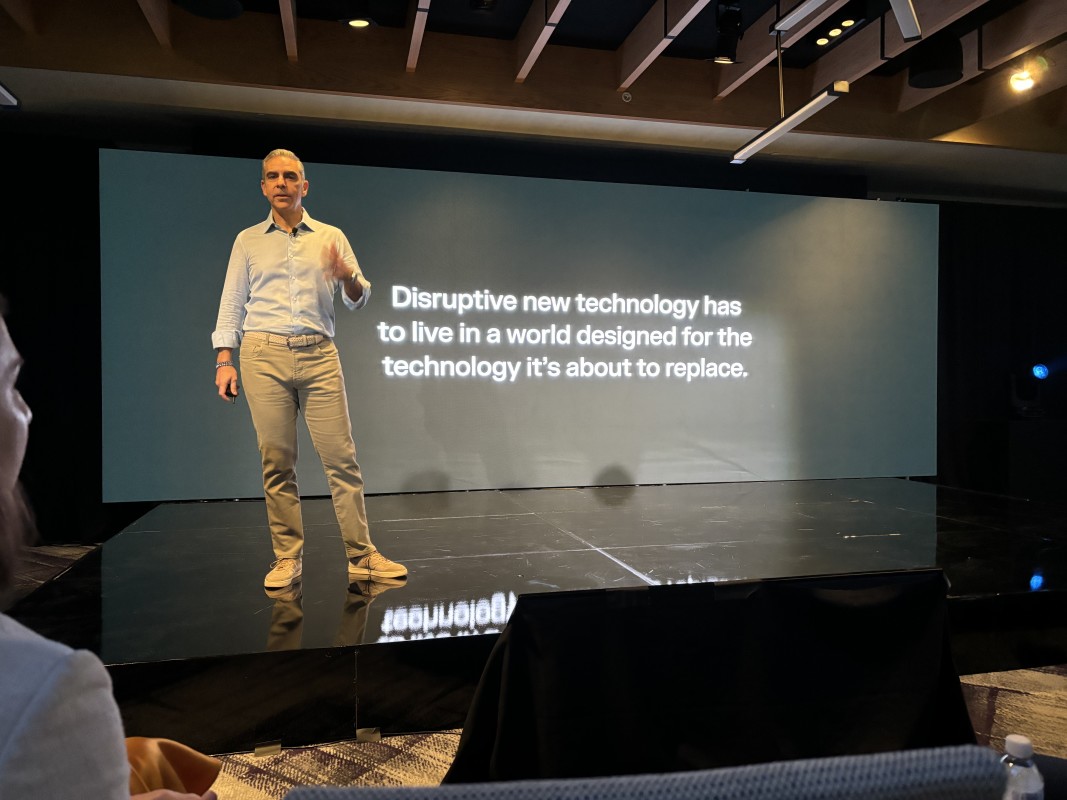
At Lightspark Sync, Lightspark’s first partner summit on Thursday, the company announced new products and features that will allow users to make global payments with both bitcoin and fiat.
The company announced that it has launched an alpha version of Spark, a Bitcoin Layer 2 that’s interoperable with Lightning and that makes it cheaper to onboard users to a non-custodial Bitcoin layer.
The company also announced new capabilities for UMA, the company’s open-source and regulatory compliant payment solution that makes sending money as simple as sending an email.
With UMA Extend, the Lightning Network can serve as a bridge between traditional banks globally, while with UMA Auth and UMA Request, UMA users can tip, pay subscription fees and make payments to merchants within apps.

Spark — Lightspark’s Bitcoin Layer 2
Spark is a Layer 2 protocol for Bitcoin that leverages statechain technology. In short, users can hold fractions of bitcoin off-chain, and transfer these by sending private keys to other users (rather than signing transactions with the keys).
Lightspark created Spark to better support the onboarding of users to the Lightning Network, which normally requires an on-chain transaction for each payment channel as well as the locking up of some amount of bitcoin in these channels so users can send and receive transactions.
The layer 2 was primarily borne from the frustration that the Lightspark team encountered in trying to create a non-custodial Lightning wallet for users.
“Self-custodial Lightning wallets, especially at scale, just aren’t viable,” Lightspark CTO Kevin Hurley told Bitcoin Magazine.
“If you are opening channels for billions of users, fees are going to go through the roof, and you’re going to fill up block space. It’s just something that’s not going to be reasonable and you lock up liquidity for every single user,” he added.
Hurley also shared that Lightspark didn’t want to wait for the enabling of Bitcoin opcodes (like CheckTemplateVerify or TapleafUpdateVerify) that would make it cheaper to open new Lightning channels. Lightspark wanted to offer users a non-custodial option immediately.
So, they built Spark, a Bitcoin Layer 2 that offers users cheap, instant payments as well as a permissionless, unilateral exit to the Bitcoin base layer. It also enables offline receive, or the ability to receive bitcoin even when your device isn’t connected to the internet.
Besides statechains, Spark also utilizes atomic swap technology. Its design is similar to that of Mercury Layer in that it enables the off-chain transfer of ownership of Bitcoin UTXOs while benefiting from near instant and fee-free transactions, according to Hurley.
“Mercury has a lot of core limitations that we go beyond,” explained Hurley.
“In Mercury, for example, you can transfer whole UTXOs only. You have absolute time bombs where you have to go back on chain at some absolute time. So, you can only do so many transactions. Also, we pull in different pieces like connector transactions from Ark, for example, but, other than that, we’re not similar to Ark at all,” he explained.
“I think it’s hard to compare it to something, because it pulls in a lot of different components, and I think the trade-offs that we chose to make are different than many others probably chose to make.”
Besides bitcoin, it’s also possible to issue and use stablecoins on Spark. Or you can issue stablecoins via Taproot assets, LRC-20 or RGB on the base layer and transfer them to Spark.
A unique dimension of Spark, though, is that the assets on the layer 2 are all UMA enabled.
“You can now have non-custodial users sending directly to the bank accounts of UMA Extend users,” said Hurley, mentioning one of the new functionalities of UMA addresses.
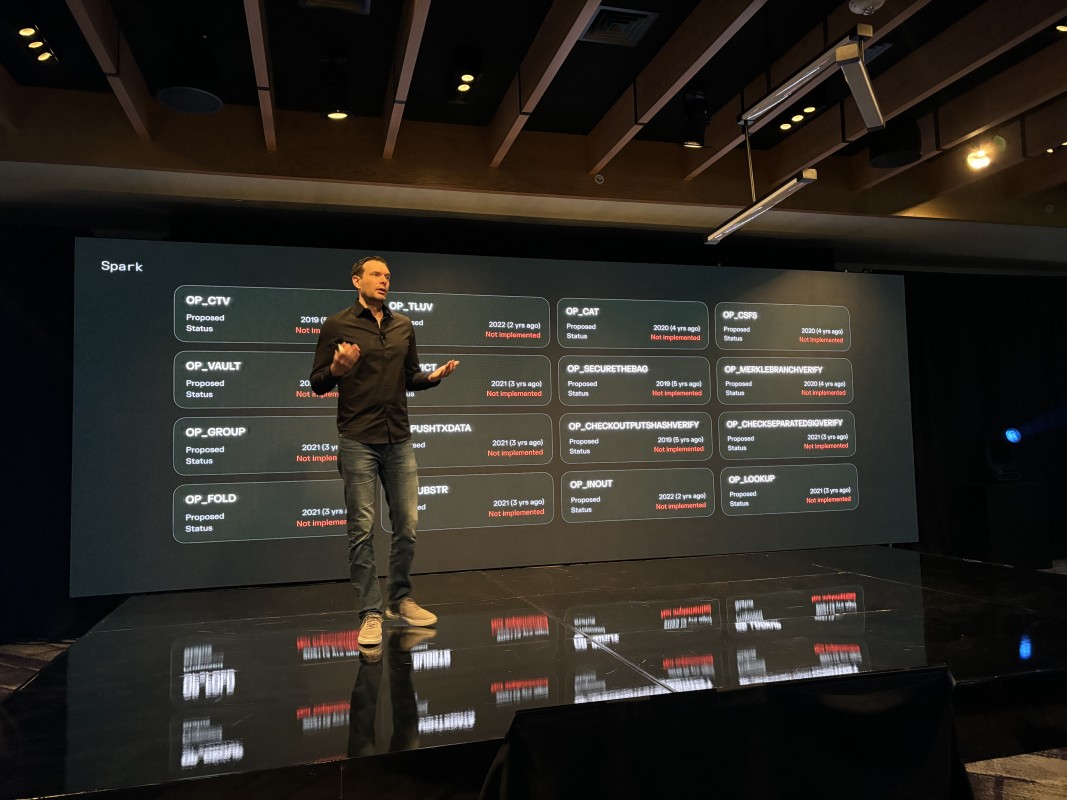
UMA Extend
UMA Extend integrates the Lightning Network with traditional banking systems, allowing users to make international bank transfers in seconds. With this new technology, UMA Extend users can send any other UMA Extend user a near instant cross-border payment from one bank to another over Lightning as easily as sending an email.
“It’s designed to facilitate money movement across any currency,” Nicolas Cabrera, VP of Product at Lightspark, told Bitcoin Magazine. “I can be in Brazil sending my local currency, the Brazilian real, to a user based in Europe that wants to receive euros or someone in the US who wants to receive USD.”
The Brazilian reals leave the sender’s bank account, are converted into sats by the bank (or an entity like Zero Hash, if the banks can’t touch crypto), which are then received by the recipient’s bank, which converts it back into euros, USD of whatever currency the recipient holds in their bank account. All of this occurs within 30 seconds or so, a radical shift compared to the two to three days it often takes for international money transfers to settle.
“This is the first time connecting the Lightning Network to traditional banking routes and bank systems,” Cabrera added.
UMA Extend utilizes Real-Time Payments (RTP), which enables real-time payments for federally insured depository institutions in the United States, and comparable services in the other countries in which UMA Extend is available. All banks in the US who use RTP support Extend. Currently, Lightspark’s partners support on- and off-ramps for 44 fiat currencies in over 100 countries.
The traditional financial institutions involved with these transactions will set the fees for the transactions, which tend to range between 0.25% and 0.5% — significantly cheaper than the 6.35% customers often pay to make international remittance payments via traditional financial rails.
Those interested in using UMA Extend can do so via this link.
UMA Auth
At the event, Lightspark also introduced UMA Auth. The technology leverages OAuth (Open Authentication) technology (the backend tech for when a website gives you the option to sign into a third-party app or website with Google or Facebook), an open-standard authorization protocol that provides users with secure access to a website or application.
UMA Auth was built using Nostr Wallet Connect (NWC), a protocol developed by the team at Alby. NWC now supports UMA features like cross-currency transactions and client app registration.
“We wanted to expand the coverage of UMA beyond wallets to applications,” Shreya Vissamsetti, a member of the Lightspark engineering team that works on UMA, told Bitcoin Magazine.
“UMA Auth is a new extension on top of UMA that allows you to integrate payments directly into an application. The idea is that it’s a lot like OAuth, but for money,” she added.
“All you have to do is input your UMA address and then we form a connection to your Lightspark wallet straight from the application. That gives the app access to communicate with your wallet and push money in right from the application.”
UMA Auth enables users to do everything from tipping their favorite artists to paying a subscription fee to paying a friend through their preferred messaging app.
“Say I’m listening to Taylor Swift,” began Vissamsetti.
“I can link my UMA account, and if my favorite song is playing, I can just tap a button and send her a super small tip,” she explained.
“Tipping is one of the main uses we’re going after with this product,” said Cabrera. “Lightning is again a good foundation layer for us because it allows for sending small amounts.”
UMA Request
UMA Request is another new dimension of UMA, one that allows any UMA user to request a payment from another UMA user.
Merchants can use UMA Request to request payments via an invoice, which comes in the form of a QR code, for the product sold or service rendered. UMA Request also supports zero-sum invoices, through which invoice recipients can pay whatever amount they’d like.
“Previously with UMA, the sender initiated the payment, but we’ve flipped it around,” said Vissamsetti.
Another standout feature of UMA Request is that it ensures both parties involved in the transaction receive a record of the transaction.
UMA Request makes purchasing items online — especially across borders — easier and cheaper than using credit cards.
Moving Forward
Lightspark’s CEO David Marcus, the former president of PayPal, believes that it’s only a matter of time until more banks and platforms come to adapt new technologies like UMA Extend, UMA Auth and UMA Request.
“At the end of the day, if you build a more efficient network that enables global money movements to move faster, cheaper, in real time 24/7 with no blackout dates, then that’s where money is going to flow and the financial system and the ecosystem players are just going to need to adapt to that,” Marcus told Bitcoin Magazine.
Regarding Spark, the Lightspark team is looking for feedback from users on how to improve the product.
“We are going to fully engage with the community,” said Hurley.
“We want to make this completely out in the open, completely open-source. Anyone can audit it, spin up their own versions if they want to,” he added.
“We want this to be a collaborative thing where the community joins in, where they hopefully submit pull requests and help find things that they want to improve.”
Christina Smedley, co-founder and Chief Marketing and Comms Officer at Lightspark, echoed Hurley’s sentiment as she discussed both Spark and UMA’s new functionalities.
“We’re trying to [onboard] the next billion or couple of billion,” Smedley told Bitcoin Magazine, “so it’s really important that what we do is open-source and community-led.”
Source link
You may like
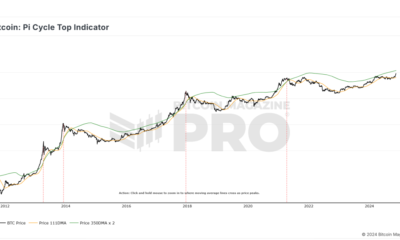

The Bitcoin Pi Cycle Top Indicator: How to Accurately Time Market Cycle Peaks


Bitcoin Approaches $100K; Retail Investors Stay Steady


Solana Hits New ATH On Huge Whale Accumulation, More Gains Ahead?


Microsoft Should Buy $78 Billion Worth of Bitcoin


Ethereum Believers May Be Staring Down Opportunity As ETH Reaches Another Low Against Bitcoin: CryptoQuant CEO


UK government is ready for crypto regulations next year
business
MicroStrategy Boosts Convertible Notes Offering to $2.6 Billion to Buy Even More Bitcoin
Published
2 days agoon
November 20, 2024By
admin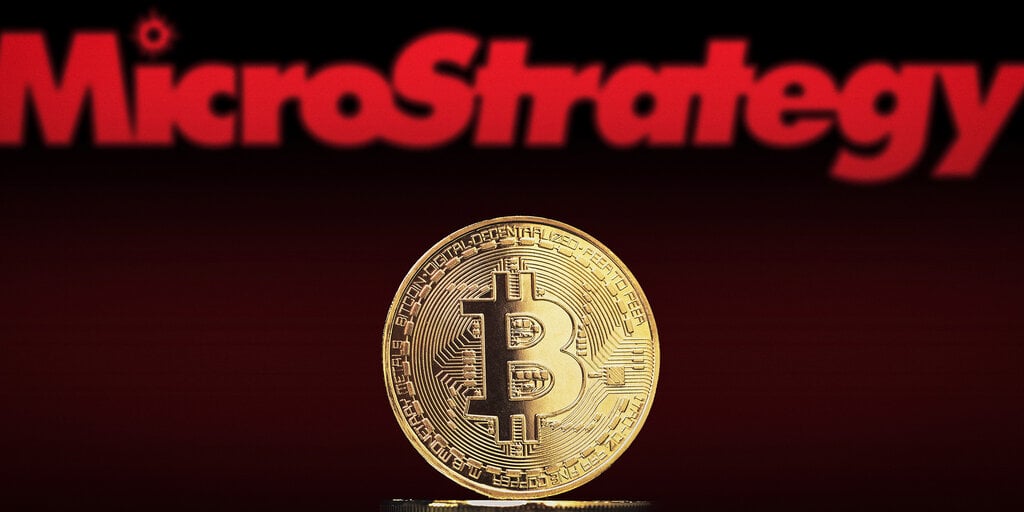
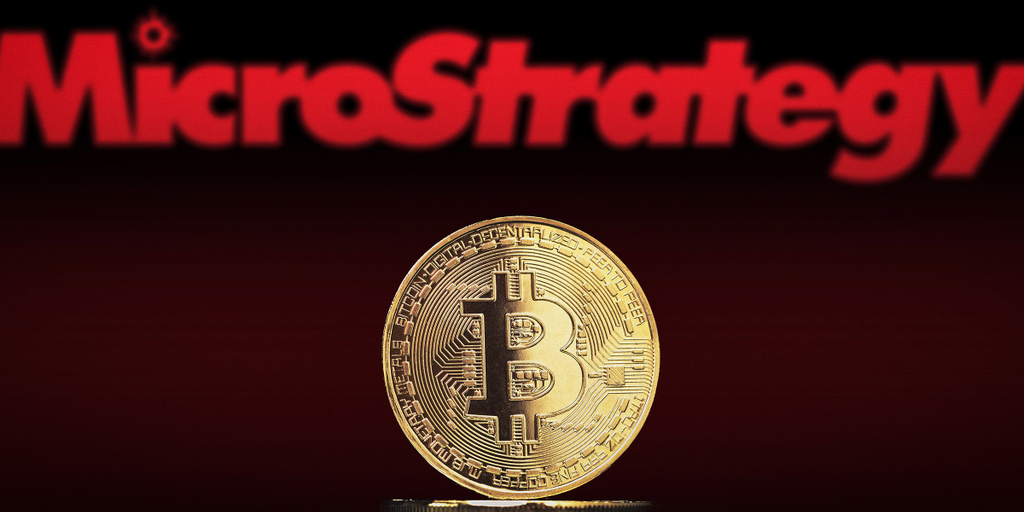
MicroStrategy’s thirst for Bitcoin cannot be quenched, despite holding over $31 billion worth.
Barely two days after announcing a plan to sell $1.75 billion worth of convertible notes as a means to buy up more of the world’s top cryptocurrency, the firm said on Wednesday that it has expanded that offering to $2.6 billion worth of notes.
Michael Saylor, MicroStrategy’s co-founder and executive chairman, said the move was made due to “high demand” for the new notes over the last 48 hours.
Given high demand, we upsized our $MSTR offering of 0% convertible bonds due 2029 from $1.75 billion to $2.6 billion, including a $400 million greenshoe option, and priced it at a 55% conversion premium.
— Michael Saylor⚡️ (@saylor) November 20, 2024
As with those initially offered on Monday, the additional zero-interest senior notes announced today will mature in 2029 and are available only to qualified institutional buyers. They will be eventually redeemable for cash, MicroStrategy stock, or a mix of both.
That’s a mighty tempting offer for many Wall Street investors, given the recent, explosive growth of MicroStrategy’s stock. The company, which owns over 331,000 BTC—1.58% of the token’s total possible supply—has seen its stock balloon by over 870% in the last year, in the wake of Bitcoin’s surge. Earlier this month, the stock reached an all-time high.
If MicroStrategy manages to raise another $2.6 billion to buy up more Bitcoin, it would be able to purchase some 27,450 BTC at current prices.
While MicroStrategy once billed itself as a business intelligence and software company, the company’s bold Bitcoin wager has upended not just its value to shareholders, but also the way it now sees itself: as the “world’s first and largest Bitcoin treasury company.”
Edited by Andrew Hayward
Daily Debrief Newsletter
Start every day with the top news stories right now, plus original features, a podcast, videos and more.
Source link
business
Marathon Digital Issues $850M Convertible Note Sale to Repurchase Debt, Acquire Bitcoin
Published
2 days agoon
November 20, 2024By
admin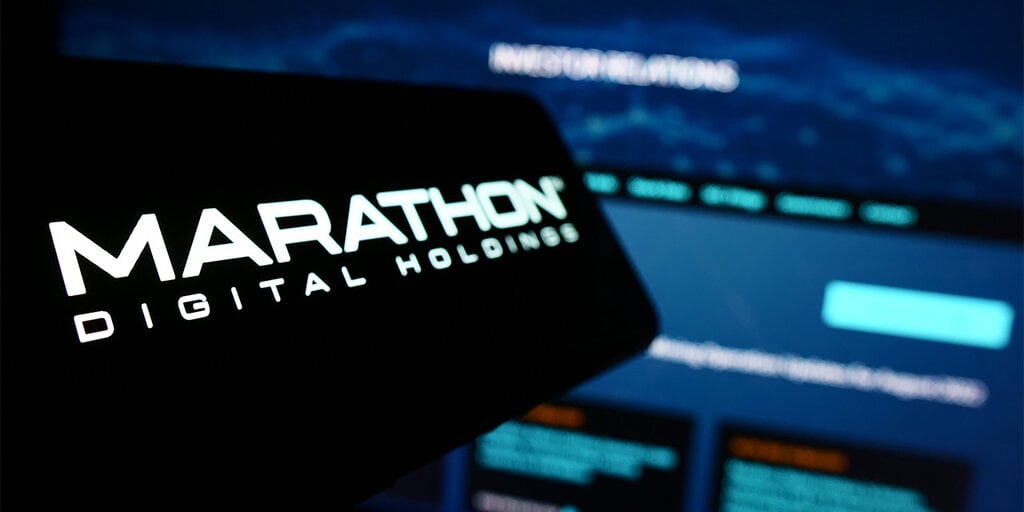
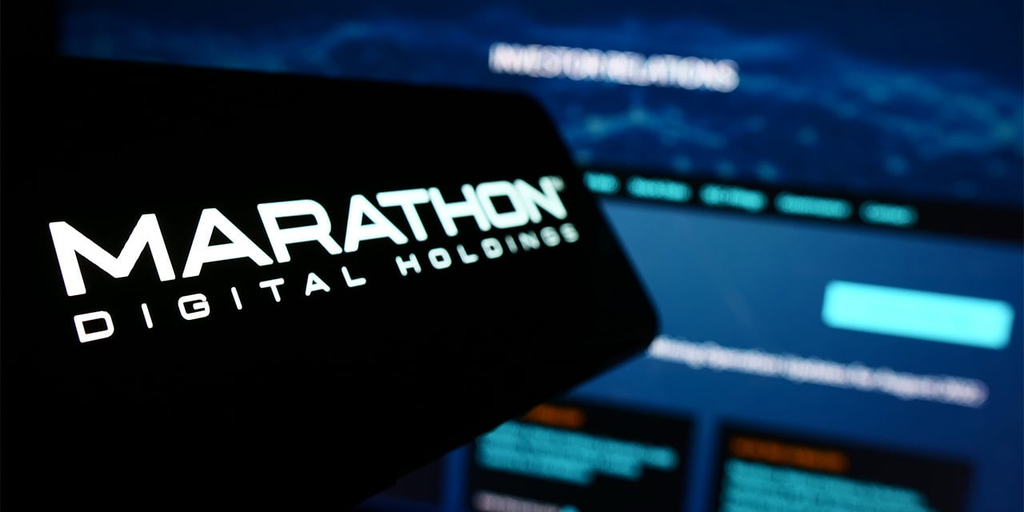
Bitcoin mining company Marathon Digital Holdings (MARA) is issuing $850 million in convertible notes, with the option to expand to $1 billion, as part of plans to repurchase existing debt, acquire Bitcoin, and fund corporate initiatives amid a recovering crypto market.
The Fort Lauderdale, Florida-based firm said Monday it plans to use $199 million of the expected $833 million in net proceeds from the sale to repurchase $212 million of its existing 2026 convertible notes, according to a statement.
The remainder will be allocated to acquiring additional Bitcoin and for general corporate purposes, including working capital, strategic acquisitions, expansion of assets, and repayment of other debt, the company said.
Convertible notes are a type of debt-based financial instrument that a company sells to raise capital. The notes are typically converted into equity shares at a later date, enabling investors to hold partial ownership of the company.
Marathon’s latest offering comes as several firms globally begin acquiring and holding Bitcoin on their balance sheet following a market rally that has catapulted the price of the world’s oldest crypto to more than $94,000.
The most prominent include MicroStrategy, holding up to $30 billion in Bitcoin, and Japan’s Metaplanet, which has scooped up more than 1,000 BTC this year, worth roughly $93 million to date.
Meanwhile, Semler Scientific (SMLR) acquired nearly $18 million in bitcoin earlier this month, the company said in a statement.
Starting December 1, 2027, holders of Marathon’s convertible notes can ask the company to repurchase them for cash, though terms may change if major events like mergers, acquisitions, or delisting occur.
The notes, which mature on March 1, 2030, can also be converted into cash, MARA stock, or a mix of both, the company said.
The Bitcoin miner’s stock traded at $19.86 on Tuesday, up 9% on the day, while its after-hours price remains little changed, Google Finance data shows.
Edited by Sebastian Sinclair
Daily Debrief Newsletter
Start every day with the top news stories right now, plus original features, a podcast, videos and more.
Source link
business
Bitcoin Multisig Company Casa Makes Self-Sovereignty Easy
Published
3 days agoon
November 19, 2024By
admin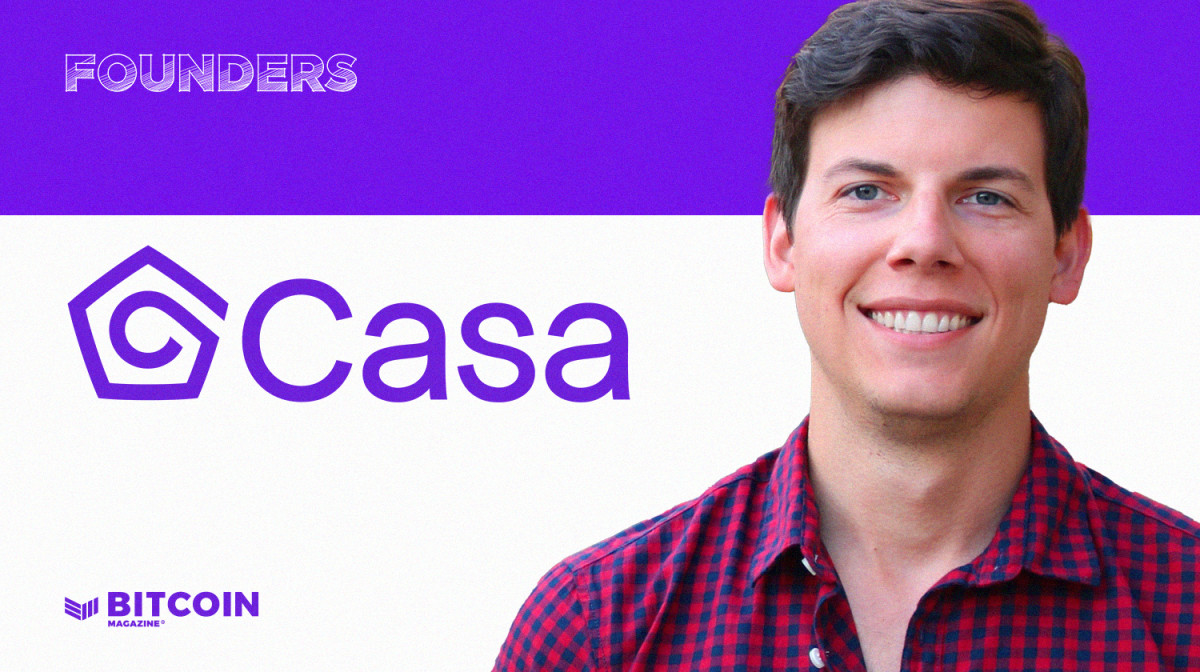

Company Name: Casa
Founders: Nick Neuman, Jameson Lopp and others
Date Founded: Late 2017
Location of Headquarters: Remote
Website: https://casa.io/
Public or Private? Private
Being self-sovereign isn’t easy — especially if you aren’t technically-minded.
The team at Casa gets this and this is why, for over six years, the company has been helping customers secure their bitcoin in multisig wallets (also referred to as multi-key vaults).
The company was the first to offer an easy-to-use version of such a product that also came with customer support. It was Casa’s plan from the onset to be there for their customers, as this type of support was lacking in the broader crypto industry.
“The service element was what was missing from a lot of solutions out there,” Casa co-founder and CEO Nick Neuman told Bitcoin Magazine.
“People need help doing this stuff, especially for large amounts of money. It was always the plan to support customers, because it was impossible to get support from exchanges or hardware wallets,” he added.
“So, we just took a very support-heavy and user experience focused approach to everything.”
Casa’s approach has paid off, as the company has become a household name in the Bitcoin and crypto space, and has come a long way since Neuman first had the idea for a company like Casa seven years ago.
How Casa Started
It was toward the latter part of the 2017 bitcoin bull run when Neuman had grown tired of his previous work in finance and tech, and found himself down the proverbial Bitcoin (and crypto) rabbit hole. By February 2018, he had an idea for a company and entered himself into a hackathon to attempt to bring the idea to life.
“I participated in the first ETHDenver hackathon,” said Neuman.
“I went in with an idea that I called key split, which was basically taking a private key using Shamir secret sharing and creating a social recovery mechanism,” he added.
“I recruited a couple of people at the hackathon to build it with me, and we ended up winning.”
Neuman quit his job and set out to start a company around this technology he and his team had created. But word had gotten out about his victory at ETHDenver, and the previous CEO of Casa, who was the head of the company before it pivoted to offering multisig wallets, reached out to Neuman, asking him to come on board.
It was after learning that Casa had just recruited Jameson Lopp, self-described “professional cypherpunk” and now Chief Security Officer at Casa, that Neuman decided to join the team.
“I was like, ‘Well, Jameson’s going to be an unfair advantage,’” recalled Neuman with a chuckle. “Instead of starting my own company, I’m going to join.”
Soon after Neuman came on board, Casa retired its then flagship product, the Casa Node, and the company shifted its focus to user-friendly multi-key vaults, a much needed product at the time. Before Casa, multisig software was so complicated that even Neuman himself struggled to use it.
“There was the Armory multisig wallet and the Glacier protocol,” recounted Neuman.
“Glacier wasn’t even software. It was like a giant GitHub repo that you had to follow in order to set up your cold storage. Armory was super janky, too. I remember trying to use it once, and I couldn’t figure it out,” he added.
“We were the first to create multisig that was usable.”
How Casa Works
Casa offers users two main set ups. The first is a five-key vault, which includes three keys on three different hardware wallets, one on the user’s phone (which is backed up securely in the cloud) and one that Casa holds.
This was Casa’s first multisig product, which it rolled out while the company primarily focused on serving customers with a high net worth in bitcoin. Casa learned an important lesson while serving these clients, which was that even if developers create easy-to-use software, people still want an expert there supporting them as they use it — especially if they’re securing a lot of value.
“When you’re dealing with millions of dollars worth of Bitcoin, you really want to have an expert there who helps make sure that you don’t make a mistake,” said Neuman.
Casa’s other main product is for those who might not be sitting on bitcoin whale-type wealth, but who still hold enough bitcoin where a less-than-ideal security setup has the potential to keep them awake at night.
This product is Casa’s three-key vault, which the company brought to market in early 2019. It includes a key on a hardware wallet, a key on the user’s phone (which can be swapped out for another key on a second hardware wallet if the user prefers) and a key that Casa holds.
Casa began offering this setup because it “always wanted to be able to offer great security and usability to as many people as possible,” according to Neuman.
New Casa Services And Features
In the past year, Casa has further broadened the services it offers.
Two weeks ago, it announced its Enterprise Plan, which enables companies to more easily secure their bitcoin treasuries.
“We’ve had businesses using Casa for self-custody for years, but they were always using our retail plans and just making it work,” explained Neuman.
“We changed that, though, because I think corporate treasuries holding bitcoin has been popularized by MicroStrategy. We actually see that as a growing trend that’s worth taking advantage of, and we’re hearing from more Bitcoin companies that are storing bitcoin on their balance sheet that they need help with security,” he added.
This summer, Casa also began enabling users to replace hardware wallets used in their vaults with YubiKeys.
“We see people struggle with hardware wallets all the time, and so we were thought ‘How can we make this simpler?’” said Neuman. “We pieced together a couple of new pieces of technology that have passkey and and YubiKey key capabilities and were able to build something that hadn’t been done before.”
And in March, Casa launched Casa Inheritance, a service that makes it easier for the loved ones of Casa users to access the bitcoin secured in the vaults in the event of a user’s death.
“With Inheritance, we heard from our customers all the time ‘Okay, I feel good about my Casa setup, but I’m worried about what happens if I die,’” explained Neuman. “So, we built that feature to make it super easy for their family to recover the bitcoin in case the main account holder dies.”
Normalizing Multisig
Despite all of the work Casa has done in the last six years, some still have an emotional block when it comes to switching to a multisig setup. Whether it’s because this type of wallet format was more difficult to enable years ago or because it’s understandably anxiety-provoking to make changes to one’s bitcoin security, people seem to drag their feet when it comes to using a multisig setup — even if they really want to — according to Neuman.
“They hear the word ‘multisig’ and they’re like, ‘That’s too hard,’” explained Neuman. “What they don’t realize is that to get started with multisig with Casa, you can use your same hardware wallet, and it is literally the same amount of effort as using a hardware wallet, but you significantly improve your security by doing it.”
Neuman thinks that more people will come around and that multisig will become more widely adopted, especially during a bull market.
“It takes the price of bitcoin going up where people suddenly have more value to secure,” said Neuman. “And it takes people hearing from their friends ‘Yeah, I’m doing multisig and it’s not as hard as it sounds.”
For those that do get the urge to try Casa, the company is allowing people to try the service at no charge for a month.
Neuman feels that as more users come on board, it will not only benefit them, but potentially the industry at large as well.
“If we can make it out of this bull market without another massive blow up like FTX because we’ve helped more people self-custody in a way that they feel good about, that feels like a real win to me.”
Source link

The Bitcoin Pi Cycle Top Indicator: How to Accurately Time Market Cycle Peaks
Bitcoin Breakout At $93,257 Barrier Fuels Bullish Optimism

Bitcoin Approaches $100K; Retail Investors Stay Steady

Solana Hits New ATH On Huge Whale Accumulation, More Gains Ahead?

Microsoft Should Buy $78 Billion Worth of Bitcoin

Ethereum Believers May Be Staring Down Opportunity As ETH Reaches Another Low Against Bitcoin: CryptoQuant CEO

UK government is ready for crypto regulations next year

“Crypto Dad” Chris Giancarlo Emerges Top For White House Crypto Czar Role

Bitcoin Nears $100,000 As Trump Council Expected To Implement BTC Reserve

Know Your Missiles: Russia’s Experimental Hypersonic Missile Is A New Kind of Killing Machine

Polkadot investor predicts a 30,000% rally for this $0.04 token by 2025

Donald Trump Proposed Crypto Advisory Council To Set Up Strategic Bitcoin Reserve

Want Greater Bitcoin Adoption? Engage With Your Government.

Why the Media Loves the Worst of Crypto

HashCats prepares for Token Generation Event after completing mining season
182267361726451435

Top Crypto News Headlines of The Week

Why Did Trump Change His Mind on Bitcoin?

New U.S. president must bring clarity to crypto regulation, analyst says

Ethereum, Solana touch key levels as Bitcoin spikes

Bitcoin Open-Source Development Takes The Stage In Nashville

Will XRP Price Defend $0.5 Support If SEC Decides to Appeal?

Bitcoin 20% Surge In 3 Weeks Teases Record-Breaking Potential

Ethereum Crash A Buying Opportunity? This Whale Thinks So

Shiba Inu Price Slips 4% as 3500% Burn Rate Surge Fails to Halt Correction

‘Hamster Kombat’ Airdrop Delayed as Pre-Market Trading for Telegram Game Expands

Washington financial watchdog warns of scam involving fake crypto ‘professors’

Citigroup Executive Steps Down To Explore Crypto
Mostbet Güvenilir Mi – Casino Bonus 2024

Bitcoin flashes indicator that often precedes higher prices: CryptoQuant
Trending

 2 months ago
2 months ago182267361726451435

 24/7 Cryptocurrency News3 months ago
24/7 Cryptocurrency News3 months agoTop Crypto News Headlines of The Week

 Donald Trump4 months ago
Donald Trump4 months agoWhy Did Trump Change His Mind on Bitcoin?

 News3 months ago
News3 months agoNew U.S. president must bring clarity to crypto regulation, analyst says

 Bitcoin4 months ago
Bitcoin4 months agoEthereum, Solana touch key levels as Bitcoin spikes

 Opinion4 months ago
Opinion4 months agoBitcoin Open-Source Development Takes The Stage In Nashville

 Price analysis3 months ago
Price analysis3 months agoWill XRP Price Defend $0.5 Support If SEC Decides to Appeal?

 Bitcoin4 months ago
Bitcoin4 months agoBitcoin 20% Surge In 3 Weeks Teases Record-Breaking Potential


